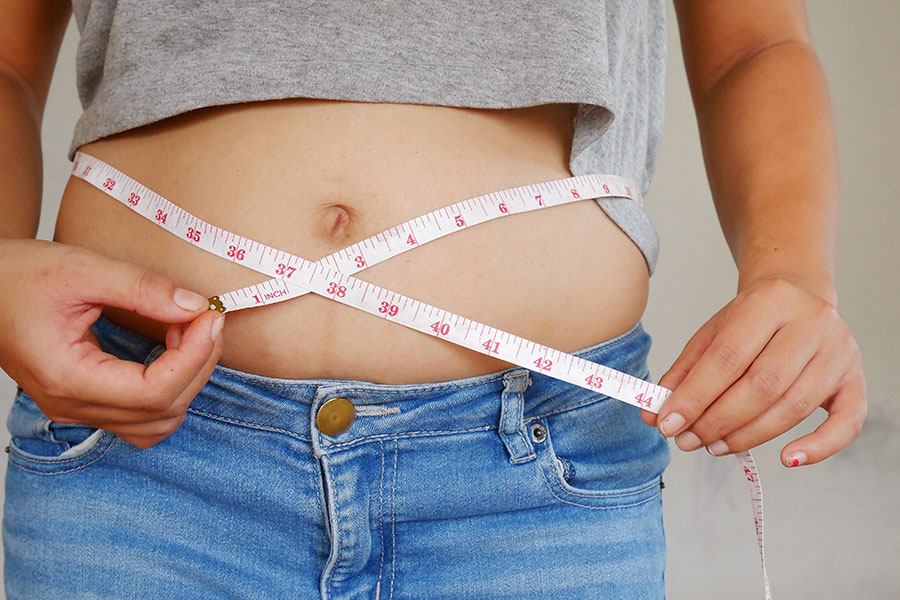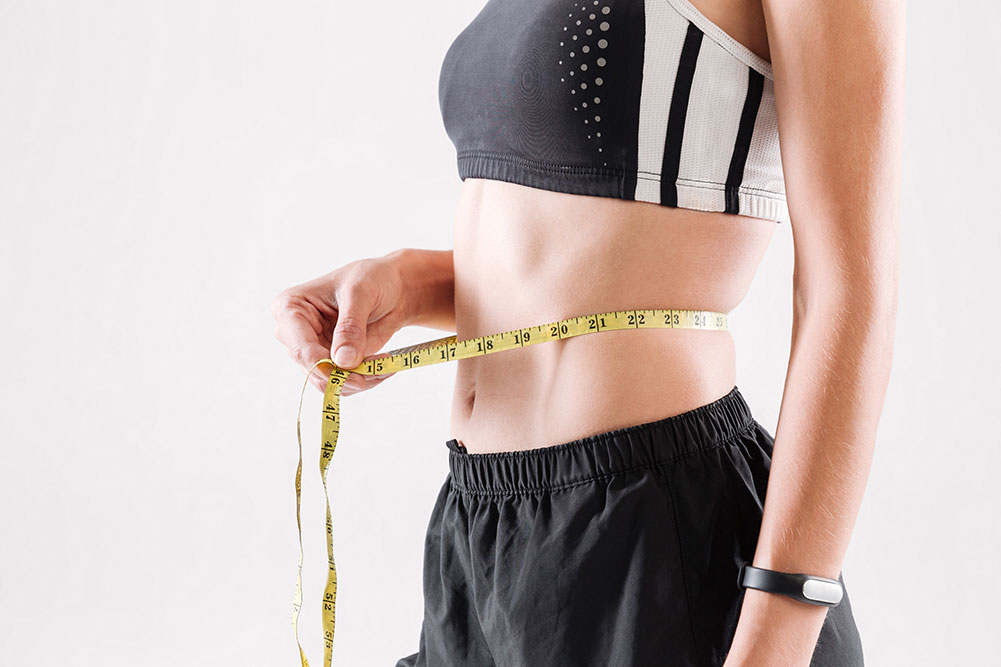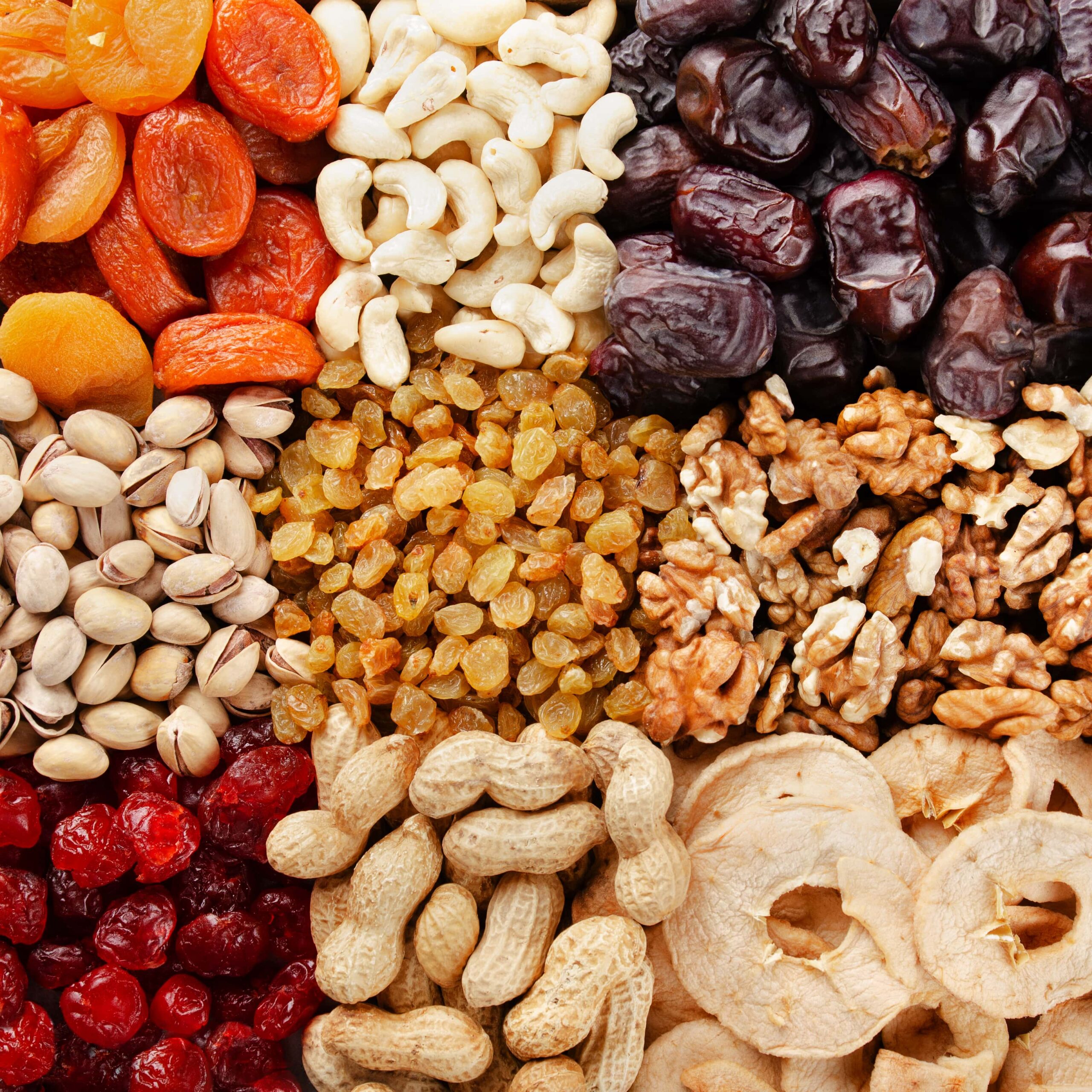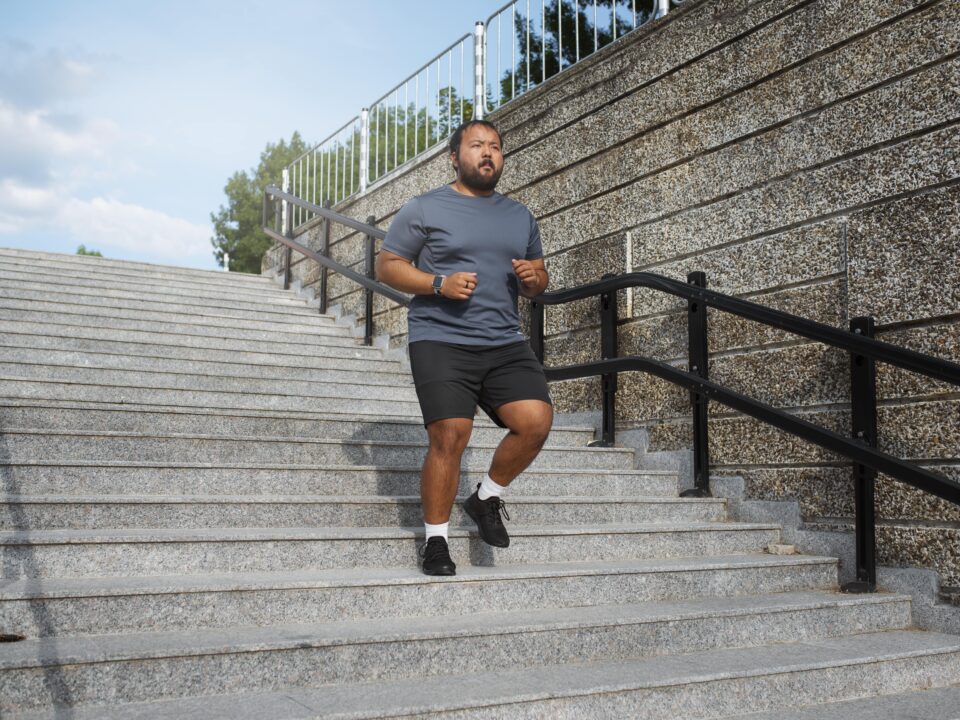
Which vegetables eat to lose weight?
20 April 2022Overweight and obesity affect more and more people in the world. In France, it concerns not only adults, but also adolescents. Fighting against obesity is a real obstacle course. It takes courage, willpower and above all patience to lose weight. Of course, the solution to adopt is also to be chosen methodically.
Currently, several types of slimming diets are offered on the Internet. They are touted for their effectiveness and some diets guarantee rapid weight loss. We must also mention the surgical techniques which are considered to be extreme solutions. Finally, there is also the gastric balloon, a very popular treatment that can give remarkable results.
Table of Contents
Some information on overweight and obesity
Many people tend to confuse being overweight and obesity. However, these are two very different things and one or the other always represents a source of danger.
Difference Between Overweight and Obesity
Overweight and obesity are defined as a strong accumulation of fat that could harm health. Most people therefore think that everyone who is overweight is obese. However, there is a certain nuance.
First of all, an obese person is much fatter than an overweight person. In addition, she is much more exposed to severe health problems. But the best way to tell the difference between overweight and obesity is to use the BMI or Body Mass Index calculation. The formula to use is: Weight (in kg)/Height² (in cm). Know that you are overweight when your BMI is between 25 and 29.9 kg/m².
Beyond this slice, we can say that there is obesity. That said, the severity of the problem can vary from individual to individual. If the BMI calculation gives a value between 30 and 34.9, there is moderate obesity. On the other hand, when it is between 35 and 39.9, the problem is more serious. We are talking about severe obesity. Finally, if the body mass index is greater than 40, there is morbid obesity.

The causes and consequences of excess weight
The main causes of overweight and obesity are poor eating habits and physical inactivity. In general, an obese person tends to overeat and eat foods with too many calories. The body can no longer burn these excess calories and turns them into fat.
When overeating is combined with a sedentary lifestyle, there is an imbalance between energy intake and energy expenditure. This automatically leads to weight gain. But we must also add to the list of causes of the problem heredity, the consumption of certain drugs and stress.
Excess weight is always a source of many health problems. It promotes, among other things, the risk of diabetes, musculoskeletal disorders such as osteoarthritis as well as cardiovascular diseases such as heart disease and strokes (cerebrovascular accidents). Obese people can also develop different types of cancer.
In case of morbid obesity, life expectancy is reduced by 2 to 5 years. Note that excess fat tends to be stored in the belly. However, abdominal obesity is very dangerous because it optimizes the risk of diabetes and high blood pressure.
What is the gastric balloon?
People suffering from obesity or overweight have an interest in finding the ideal solution as soon as possible. There are several ways to lose weight. But instead of following an overly restrictive diet that could generate acute nutritional deficiencies, why not opt for the gastric balloon. But what is it?
This is a somewhat special obesity treatment, an excellent alternative to surgery. There was a time when it was only intended for wealthy obese patients. Currently, the use of this technique has become more democratic.
But what is the gastric balloon or intragastric? As its name suggests, it is a balloon that must be filled with physiological saline. It has a radiopaque probe visible on x-rays.
The gastric balloon is to be placed in the stomach and it will occupy a third of the space. The probe must be removed before plugging it. In this way, it will be well closed and intact, which prevents the leakage of its liquid contents.
Note that there are different types of gastric balloon. It is possible to find the device with an adjustable volume and models to ingest.
What BMI for the gastric balloon?
According to the French association for continuing medical education in Hepato-Gastro-Enterology:
- in overweight or non-morbidly obese patients (BMI > 27 kg/m2 depending on the type of gastric balloon) who have not been able to lose weight in a sustainable manner despite being monitored by a nutritionist;
- in morbidly obese patients (BMI > 40 or > 35 kg/m2 with comorbidities) who do not want bariatric surgery;
- in super-obese patients (BMI > 50 kg/m2) before bariatric surgery.
According to the same source:
- The gastric balloon can be offered to overweight patients with a body mass index (BMI) > 27, in non-morbidly obese patients (30 < BMI < 40) and in morbidly obese patients (BMI > 40) who refuse bariatric surgery.
- To lose weight, the installation of a gastric balloon should be done within the framework of a multidisciplinary management, in particular nutritional.
- Gastric balloon results in weight loss and improves comorbidities in overweight or obese patients.
How is the gastric balloon placed?
First of all, know that to place the gastric balloon in the stomach requires admission to a clinic specializing in digestive endoscopy. In addition, the treatment takes place in different stages.
The preparatory phase
During this preparatory phase, the obese patient must meet various health professionals, including their attending physician, a nutritionist and a psychologist, as well as a meeting with the anesthesiologist and the gastroenterologist. It should be noted that this is a measure taken with the aim of detecting a possible contraindication to the procedure. In other words, it is a means of verifying the patient’s eligibility for treatment.
Several operations are therefore on the program. During the meeting with the attending physician, for example, the BMI calculation and a health check must be carried out. The interview with the psychologist is also very important, because it allows the patient’s eating behavior to be assessed. The professional will at the same time determine the risks of depression, taking into account the patient’s psychic aptitude. In this way, he will be able to set up a good follow-up during the treatment.

Gastric balloon placement
The act is performed by a gastroenterologist. The latter begins his intervention with an endoscopy of the stomach. This act consists of introducing an endoscope into the stomach, through the mouth. It is an instrument that looks like a thin, flexible tube fitted with a camera.
Thanks to this approach, the surgeon can check the state of health of the digestive tract. Then, he introduces the deflated balloon into the stomach, still through the mouth. The next step is to fill it with the saline solution through the catheter. It is tinted with methylene blue in order to quickly identify a possible leak.
All this causes the gastric balloon to dilate. Thus, it can occupy a maximum of space in the stomach. After filling, the specialist will remove the catheter by pulling on its inner end. He finishes his intervention by closing the gastric balloon so that it can float in the stomach and fulfill its role correctly.
Note that the duration of the operation is 15 minutes maximum. However, the patient must remain under medical supervision for one hour. To ensure patient comfort and reduce stress, the procedure is performed under sedation (light anesthesia) with the administration of an anesthetic medication.
How the balloon works
The gastric balloon allows a reduction in the size of the stomach. This solution is non-surgical and non-invasive therefore has the effect of generating a feeling of satiety and a decrease in appetite. This is how it will allow you to lose weight. The result is often impressive. It all depends on the patient’s ability to adapt to the presence of the gastric balloon.
What about the consequences and follow-up of the treatment?
What happens after gastric balloon placement? Are there any lifestyle changes?
The consequences of the medical act
Two or three days after the installation of the balloon, some more or less bothersome symptoms may appear. Indeed, the patient may experience abdominal discomfort. The risks of nausea and vomiting are also to be feared. But don’t panic. All of these symptoms will subside as the stomach gets used to the presence of the balloon.
Obviously, the specialist gives the patient various instructions in order to calm the various symptoms. In general, you should drink plenty of water in small amounts. However, the consumption of solid food is prohibited. You have to wait a few days before you can eat normally. Of course, you have to adopt a good eating habit to avoid weight gain. Hence the interest of a regular follow-up with the nutritionist and the psychologist.
Doctor follow-up
During the period when the balloon is in the patient’s stomach, regular medical monitoring is essential.
- During the first two months, the dietician or nutritionist offers a weekly consultation.
- For the following three months, nutritional monitoring is spaced 15 days apart.
- During the last month, the consultations become weekly again.
Regarding the follow-up provided by the gastroenterologist, a first consultation is scheduled one month after the operation. Thereafter, the patient will see the specialist again every two months.
Is it possible to get your eating habits back?
As mentioned earlier, you have to learn how to eat after gastric balloon placement. Otherwise, weight loss is not guaranteed. Moreover, it is a great opportunity to adopt a healthier lifestyle.
In general, patients who have undergone this operation are entitled to a special diet program, designed by an expert. It is also a personalized diet, established according to the patient’s profile. Note that the objective with the gastric balloon is to help you lose weight in a healthy way. To lose weight, it is necessary to choose your foods carefully:
- During the first week after the operation, you have to be content with a liquid diet. The digestive system must be given time to adapt to the change.
- From the second week, it is possible to take soft food.
- Finally, from the 4th week, you can eat normally. That said, it is essential to opt for healthy and balanced food.
Is the gastric balloon reimbursed?
In Belgium, the gastric balloon is not reimbursed by the National Institute for Health and Disability Insurance. On the other hand, the act performed by the gastroenterologist is partially covered. For foreigners, no cover is offered. That said, the DDG clinic will issue you certificates for possible reimbursements by your complementary insurances. Thus, the patient can benefit from reimbursement from his insurer.
How to remove a gastric balloon?
The gastric balloon is removed after 3, 6 or 12 months of its placement. The withdrawal period varies depending on the type of ball. This procedure is carried out by the doctor gastroenterologist during a short admission to the clinic.
Are there any contraindications and side effects?
Contraindications
- severe liver disease,
- Crohn’s disease,
- severe cognitive or mental disorders,
- unweaned alcoholism or drug addiction,
- pregnancy, desire for pregnancy,
- bulimia-like eating disorder,
- history of gastric or anti-reflux surgery, or gastric banding,
- large hiatal hernia (> 5 cm), active peptic ulcer disease, severe grade III or IV esophagitis
Side effects
Frequent side effects are observed during gastric balloon placement. Nausea, vomiting and abdominal pain are controlled with systematic treatment and usually resolve within a few days. Side effects are most often prevented by medical treatment. Other side effects may occur but they are exceptional. Complications are rare but can be severe.
What about the results?
The effectiveness of the gastric balloon for weight loss is assured when the operation is carried out according to the rules of the art and the patient follows the advice of the dietician to the letter. A weight loss of at least 3 kg is guaranteed. It can go up to 20 kg and more. In general, you can reduce your weight by 20-30% in the first month.

What happens after the gastric balloon is removed? Obviously the size of the stomach returns to normal. That is, you can eat a large amount of food. This is why most patients fear weight regain. But it is possible to prevent this.
Indeed, during the 6 months of treatment, you have already learned to adopt a healthy lifestyle to lose weight. There is no reason to fall back into your bad habits. So, if you haven’t reached your ideal weight yet, all you need to do is eat a balanced diet and do a lot of sport to get there.
On the other hand, if it is already reached, you can maintain it without effort by continuing to live a healthy life. In addition, it will allow you to stay healthy and increase your life expectancy.
What are the advantages of the gastric balloon?
As a solution against obesity and overweight, the gastric balloon is quite effective. Moreover, it is a non-aggressive treatment. After the balloon is placed, there is no scarring, stitches or scarring, which is the case if you have opted for surgery.
In addition to all this, the result is quite satisfactory, especially if you follow the rules. The risks of complications and side effects remain low. Finally, thanks to this treatment, you can improve your lifestyle and avoid various health problems.
Tips for losing weight with the gastric balloon
To lose weight with the gastric balloon, a few golden rules must be observed. To start, learn to eat slowly. It takes you 30-45 minutes to finish a meal. You should also have a habit of taking small bites. Also, food should be pureed before swallowing. By taking these precautions, you can prevent vomiting.
During the presence of the gastric balloon in the stomach, it is forbidden to drink carbonated drinks. Moreover, they are not very beneficial for health. Effervescent drugs are also to be banned.
Also, avoid drinking 30 minutes before, after and during meals. When you feel full, stop eating. Finally, it is essential to practice regular physical activity.




